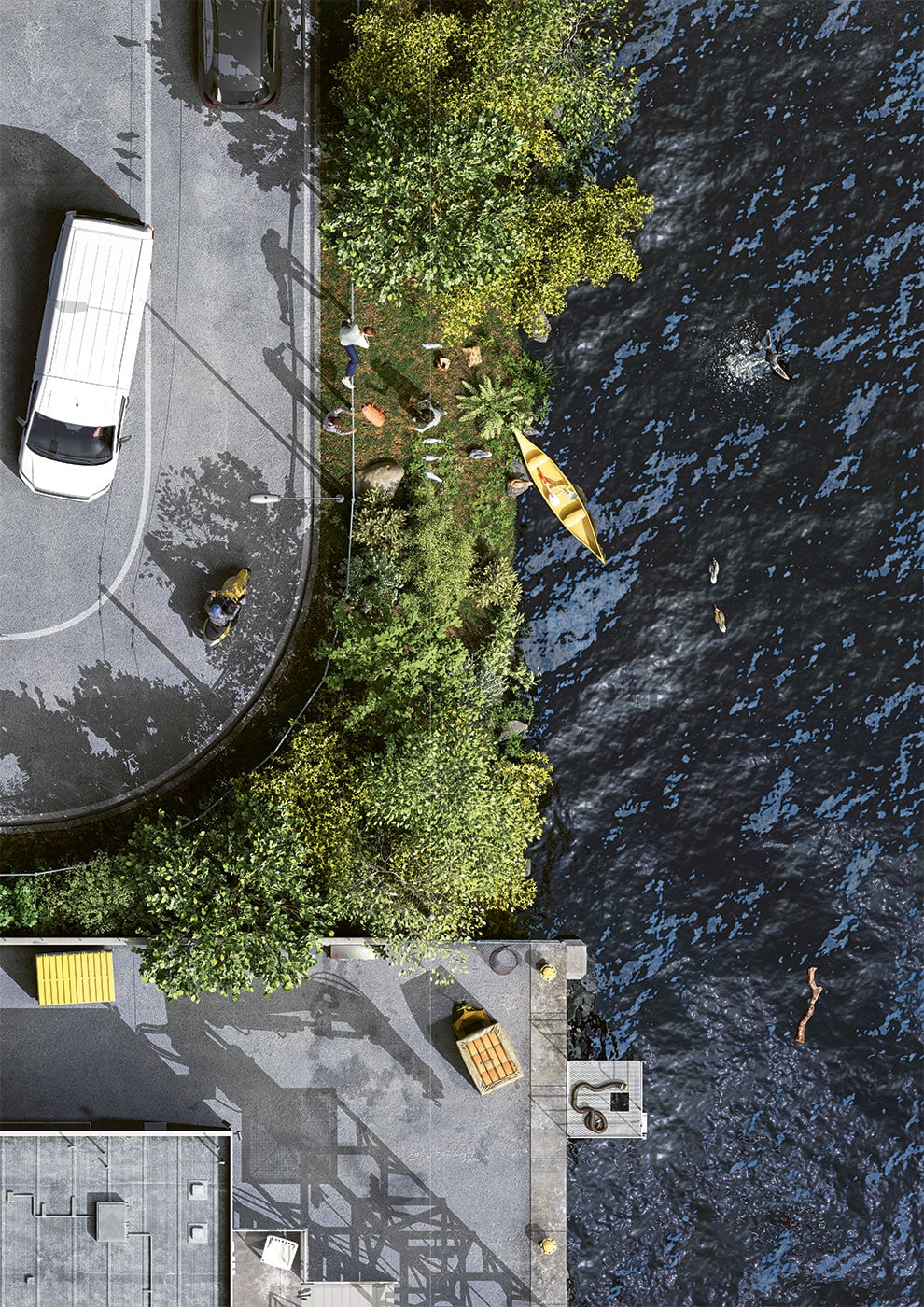Contribution by Andreas Hofer
Trees on the ground and urban space for the people!
The 2020 annual topic for IBA’27 is »Stadtklima und Grünräume« (Urban climate and green spaces). A contribution to this discussion by IBA Director Andreas Hofer on climate, cities and green spaces – and the importance of public spaces and urban density in adapting to climate change.
Cities and urban regions impact the climate through the emission of greenhouse gases. Because a significant portion of human activity takes places in an urban setting nowadays, this impact is a decisive factor in driving climate change. The first step for urban climate protection is thus to decarbonise construction activity, mobility, production and trade and to build sustainable materials and energy cycles. As the global demand for new housing is estimated at approximately two billion new units by the end of the century, this is a massive challenge in a system subject to dynamic growth.
Conversely, climate change is having a direct effect on the quality of life in cities. High temperatures, extreme rain events and rising sea levels have an impact on quality of life and the functioning of infrastructure. In extreme cases, they even pose a threat to habitability. So if we are concerned by our urban climate, let’s talk about the consequences of municipal action. If we were talking about football, we would refer to this as an own goal. This is why cities are now being greened, with plans to give buildings green façades and to create gardens that allow urban dwellers to reconnect with nature. Currents of cool air are to flow through cities, and urban areas are to be returned to rural use.
Back in the 1970s, there were already moves to resolve the conflict between urban environments and architecture on the one hand and nature on the other. Light-filled atriums, shopping centres and community halls as places of congregation for a democratic society living in harmony with nature. The last remaining relics of that era can be seen in the empty washed concrete troughs against façades and plastered-up tubs in pedestrian passageways used as anti-terrorist blockades.
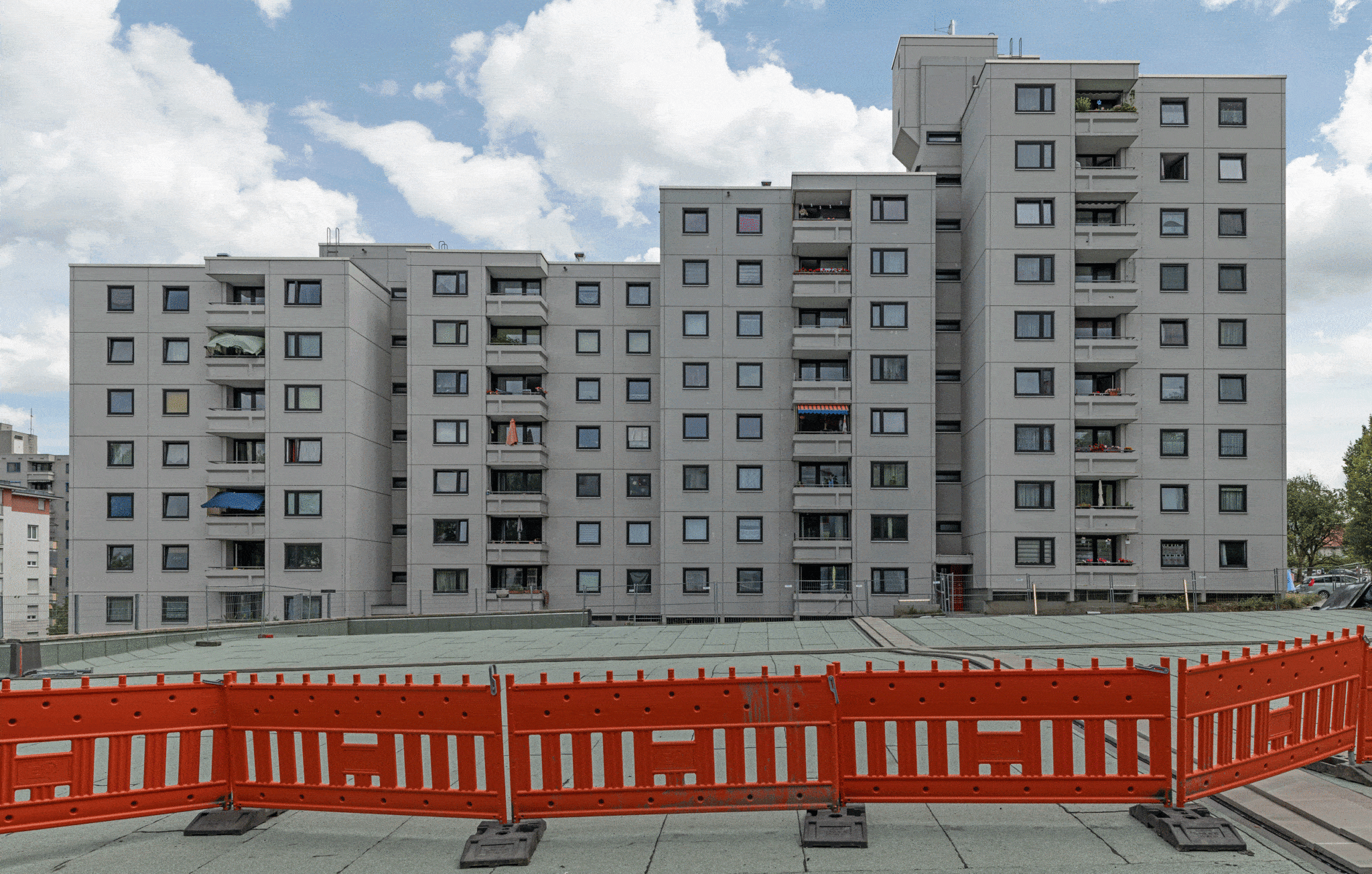
But isn’t the Bosco Verticale high-rise building in Milan designed by architect Stefano Boeri and planted with trees and bushes awaiting a similar fate? If additional building technology and costly façade technology are added to an already problematic high-rise building in order to rent luxury apartments with extortionate ancillary costs, can we really call it ecological building? How sustainable are buildings that have to be maintained and serviced by specialised alpinists? What happens to the sophisticated seals, sprinklers and drainage systems once the train of architecture journalists and photographers moves on? It would take decades for the artificial greening of the Bosco Verticale to even offset the carbon emissions created from the additional materials installed.
Cities have never been green, least of all in the world’s hottest regions. The Hanging Gardens of Babylon, the parks owned by Europe’s nobility, the courts of Persian rulers – those places were green. Green represented luxury, while the cities were grey and overcrowded and in hot climates used passive shade strategies with clever ventilation, solid walls as well as small and carefully positioned openings. Green makes us humans happy. But the beauty of urban green has to do with its preciousness and spartan use, whether in the gardens of the ruling classes that were originally not accessible to the general public, the public parks for the masses or tree-lined avenues in urban settings.
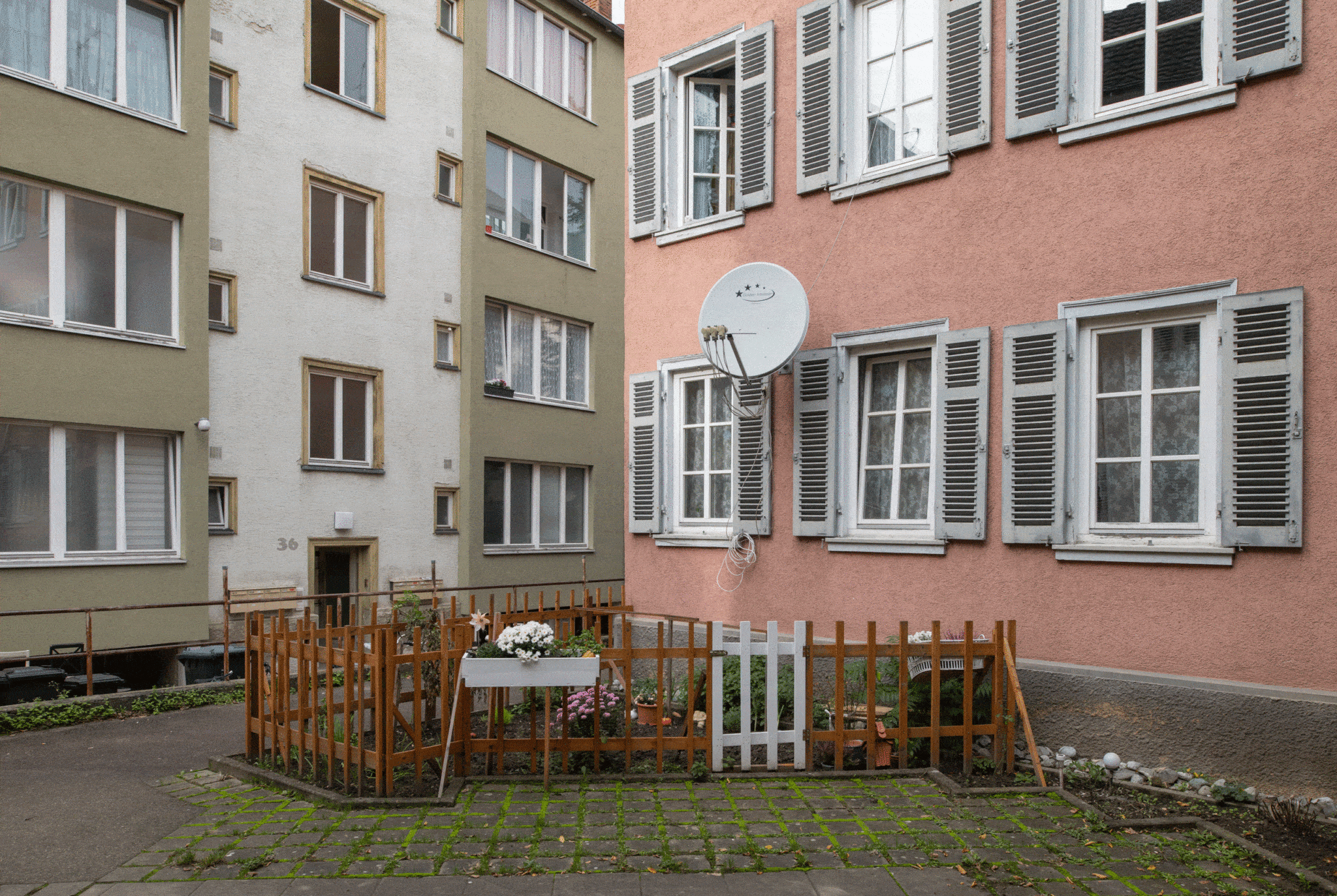
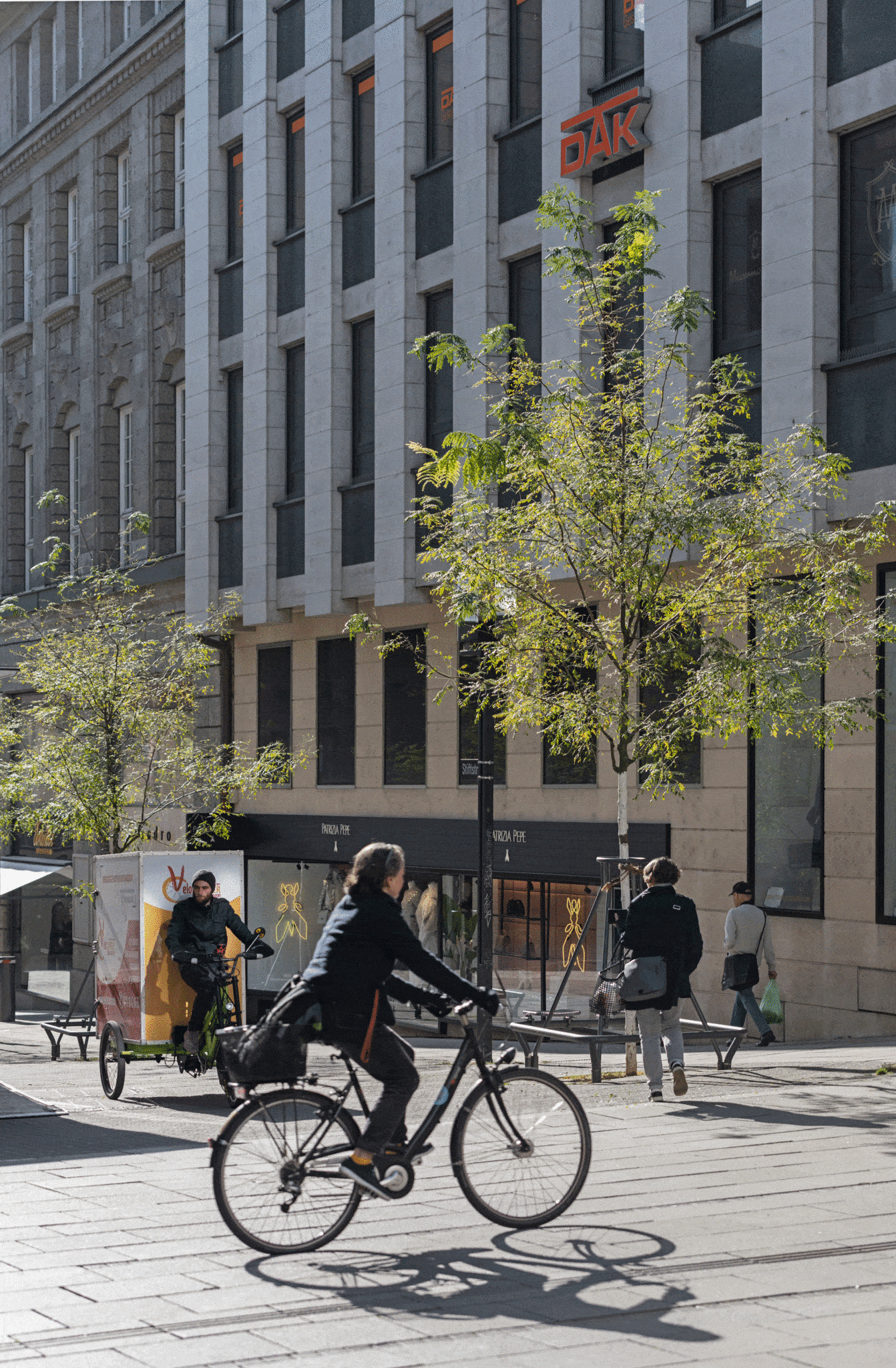
The technocratic greening of façades comes across as particularly grotesque in view of the obvious potential for more green and a better urban climate in plazas and on streets. It is a fact that the water cycle, shade and evaporation by plants play a key role for recreational quality, if not for the climate. Yet we give up almost half of the settlement area to traffic on black tarmac surfaces.
In Stuttgart, the heat emitted by combustion engines alone is around the same as the entire amount of energy used to heat buildings. Apart from that, urban spaces are public spaces and can be shaped by politics. It is infinitely more difficult to encourage private investors to implement costly, high-maintenance measures for their buildings. Even if every new build were to have a green façade, it would take decades for this to have a noticeable effect. We don’t have that much time.
The city as a collective space will have to reinvent itself in the coming years from the ground up. The retail sector is under pressure, while our fragmented society is engaging less and less in collective shopping experiences and mass gatherings. Recreational quality, permeability and accessibility are the key ideas here. We need to redesign public space on a large scale, to improve the aesthetic quality while redeveloping infrastructure, for example to allow water to drain off or be stored locally. This is also linked to more urban housing. Monofunctional office and shopping areas need to have more mixed use, with more people living in the city centre. This would make public space a space that people enjoy using for recreational, social and cultural purposes.
Modernism experimented intensively with other concepts, placing pedestrian zones on plinths and separating them from the street. Suddenly, shopping streets and access roads were on the tenth floor, with rooftops becoming community terraces. This approach was rarely successfully, with these ›removed‹ collective functions often developing into difficult-to-control areas of social conflict.
Schematically, the task could be summarised as follows: The floor of the city as a permeable space belongs to pedestrians, water and trees. Façades are the face that buildings show to streets and plazas. Rooftops offer space for energy generation, mosses, lichens and insects.
We can and should deviate from this pattern in individual cases: for example, if façade greening decorates an urban plaza and is part of a building’s energy concept, or if a public space becomes a community garden, or if a roof garden offers protected, private space to the people living in the building in an extremely high-density location.
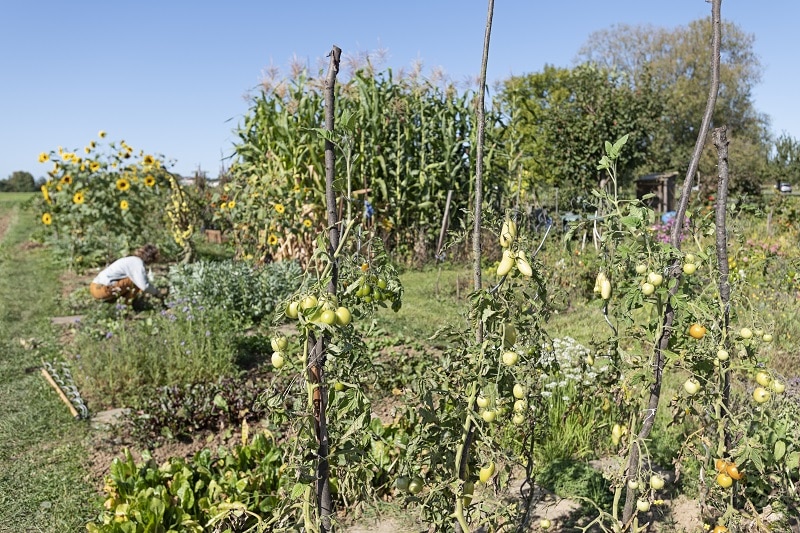
At IBA’27, our motto is: »Mut zur Stadt und zur urbanen Region!« (Have the courage to create cities and urban regions!) If a city is really allowed to be a city with high-quality density, this will strengthen the surrounding landscape, water and forest. This is precisely where the future challenges lie. In recent decades, we have created zones of metropolitan ambivalence around our city centres. There are spaces full of gaps and abrupt breaks. Transport axes cut through open spaces, car parks surround commercial buildings, estates with single-family houses mushroom on the periphery.
However, defaming these areas as the ›periphery‹ devalues this space where large portions of our population live. The periphery has not yet found itself, and there is a lack of planning strategies for its design. We need new ideas and a more in-depth approach to tackling density and the quality of open spaces. Maybe this search – which we are also pursuing as part of IBA’27 – will lead to whole new typologies. Because of the extent of these spaces alone, they also hold greater potential for impacting the climate and for new forms of (urban) agriculture than in a dense and compact city.
